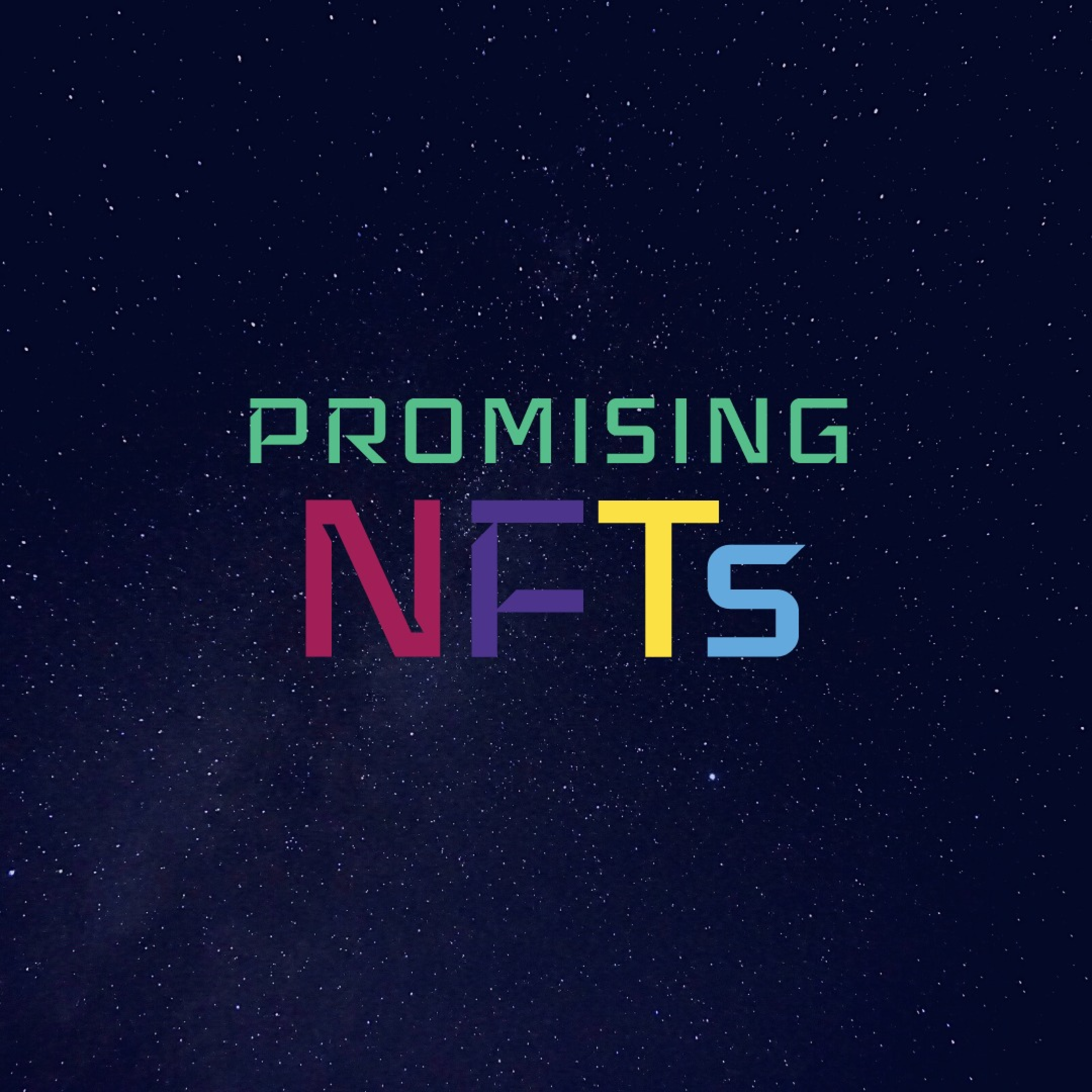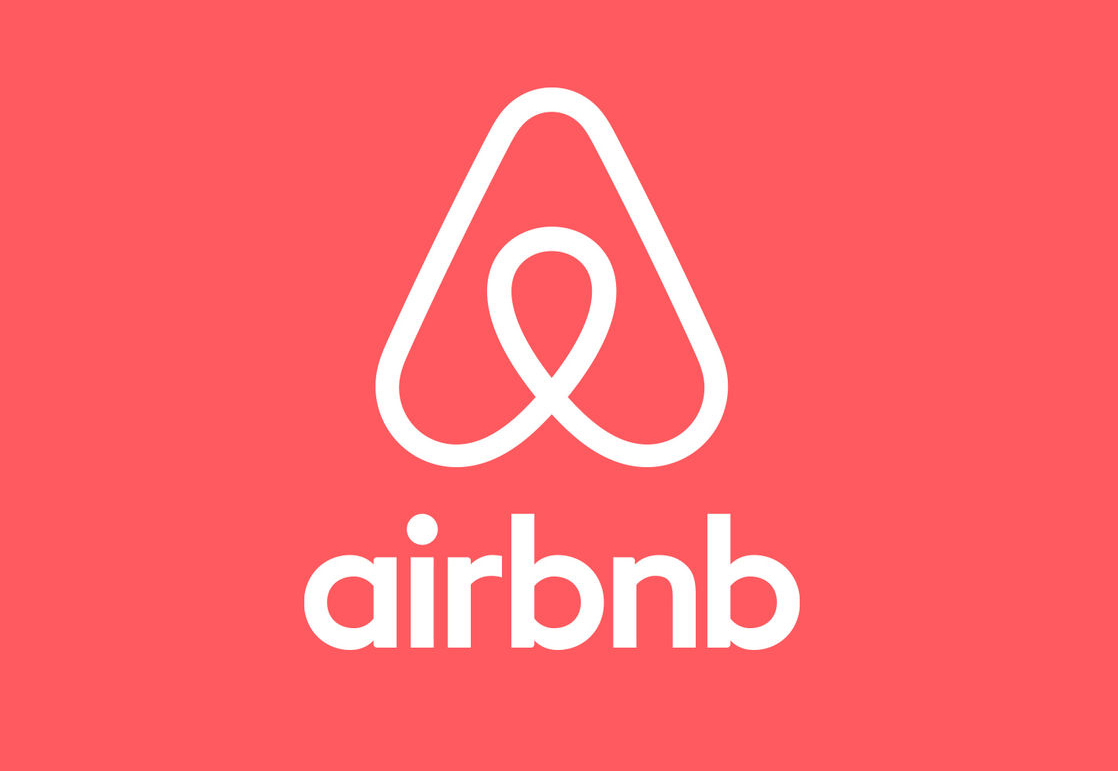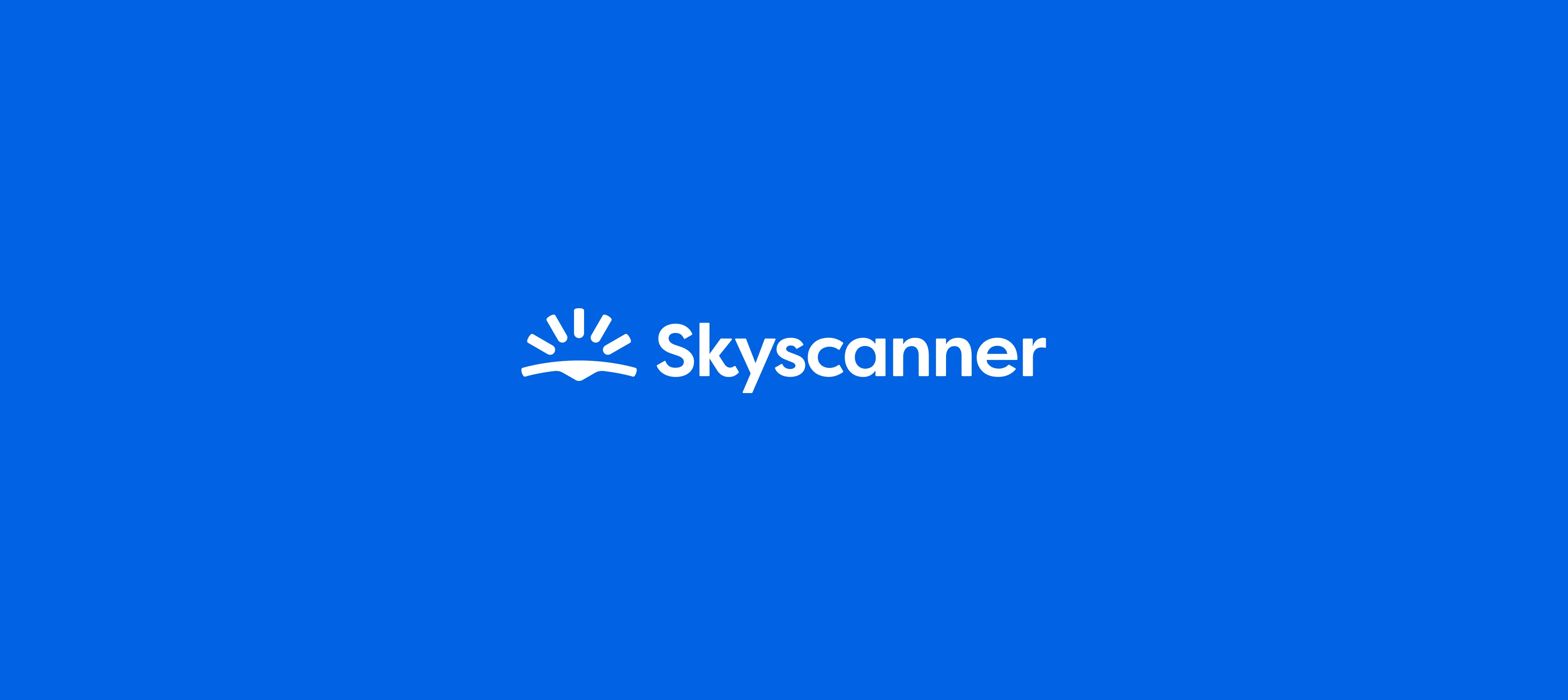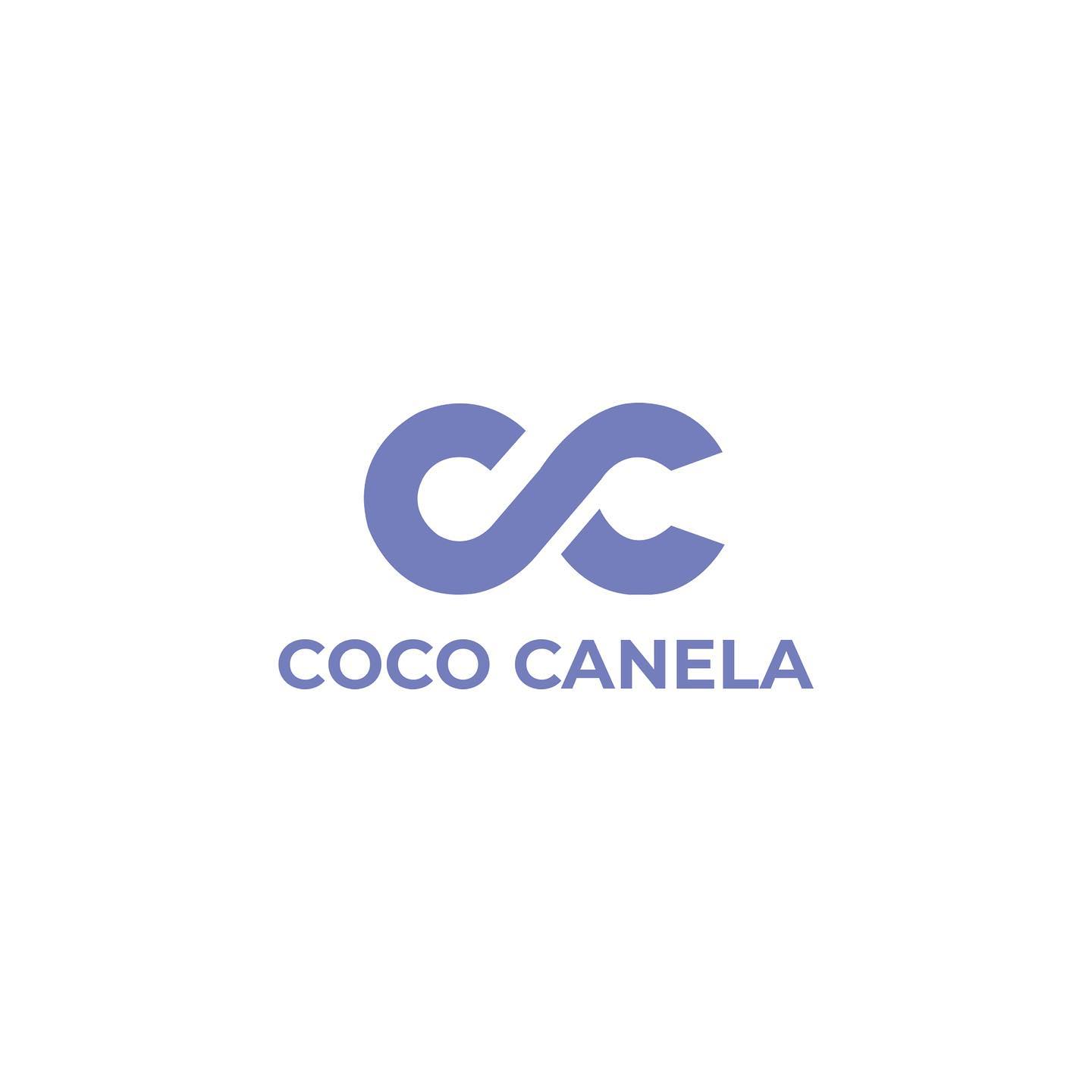Skyscanner Case Study
WORKFLOW
- Screening surveys
- Research interviews
- Research surveys
- Usability testing
- Competitor Benchmarking
- AI Analysis
- Synthesise Data
- Personas and scenarios
TEAM
- Daniela Bontecou
TIME
2024
2 months
PRODUCT
Skyscanner

Overview
Skyscanner is a leading global travel search platform that enables users to compare and book flights, hotels, and rental cars.
During my 8-week bootcamp with Memorisely, I learned best practices for conducting user research. As it was my first experience in this area, I gained valuable insights and mastered several tools to effectively carry out the research process.
The goal of this case study was to learn how to conduct a thorough user research study and provide a solution to the problem the company aimed to address.
We were provided with the following business objective: Increase Conversion Rates: Identify friction points in the user journey that prevent users from completing bookings on Skyscanner's web application.
Stakeholder script
The first step in this case study was to start brainstorming for our interview script.
If you're new to the world of User Experience Research (UXR), you might be wondering, just like I did, What is a stakeholder? Stakeholders are individuals within the company, such as managers, project leaders, or even the CEO. Essentially, they are people who have the authority or influence to make things happen. In the context of user research, stakeholders are the ones who will drive the execution and completion of the project.
Stakeholder interviews are crucial because they help involve key decision-makers in the problem-solving process. They can provide valuable insights on what success looks like to them, how involved they want to be in the project, the best ways to contact them, and any past experiences they've had with other research initiatives.
Stakeholder interviews should focus on four main topics:
• Success Metrics
• Experience and Insights
• Key Focus Areas
• Communication and Workflow
Here's an example of how brainstorming for an interview script might look:

Interview Script
After the brainstorming it was time to put together all the questions we had in a way that it made sense and also trying not to make it as long, we want to really ask the most important questions and get as much information as we can.
Our interview script had an introduction, the questions and a wrap up and it looked a little bit like this.

Research Plan
Having a research plan is essential for maintaining structure and organization throughout the project. It helps us align with our goals and user needs, set clear objectives and expectations, and increases our chances of gathering relevant and targeted data.
The key components that our research plan must include are:
• Research Objectives
• Research Questions
• Methodology
• Participants
• Timeline
• Resources
• Data Analysis
• Reporting
Here's an example of how our research plan looked:

Screening Survey
After conducting stakeholder interviews and creating our research plan, the next step is to conduct screening surveys.
Screening surveys are essential for filtering potential participants for our user research. We aim to identify participants who are a good fit for the research objectives.
In our case, the ideal candidates are users who have used Skyscanner for booking flights.
To create an effective screening survey, we ask both demographic questions to gather background information about participants and qualification questions to ensure they meet the criteria we're looking for. Examples of qualification questions include:
• Have you ever used Skyscanner?
• How often do you travel?
• Have you encountered any challenges when using Skyscanner to book a flight?
For our screening survey, we used Google Forms to structure the survey and send it to potential participants.
Since this was a case study, I ended up sending the survey to family and friends. Unfortunately, I wasn't able to gather a large amount of data, but I still collected enough to work with.
Here's an example of how our screening survey looked:

Survey results
Here are the Survery Results


Research Interviews
Once we have our participants for the case study, it’s time to dig deeper into their experiences using Skyscanner. We want to understand how users think and feel while using the app, identify their pain points, explore features they would like to see, and gather feedback on how we can improve their experience.
Two effective methods for gathering more data are research interviews and research surveys. These methods serve different purposes, and here’s a list of the benefits of each:
• Research Interviews:
• Allow for in-depth, qualitative insights into user experiences.
• Provide an opportunity to ask follow-up questions and explore responses in more detail.
• Enable the interviewer to observe body language and tone, adding context to the feedback.
• Help build rapport and establish trust with participants.
• Research Surveys:
• Can gather data from a larger sample size quickly and efficiently.
• Are cost-effective and less time-consuming compared to interviews.
• Allow for both quantitative and qualitative data collection.
• Enable participants to provide feedback at their convenience, which can result in more honest responses.
Both methods are valuable for understanding users and improving the apps design.
Let's start we our research interviews.
For our research interviews we followed the next structure: Introduction, demographic questions, problem-space questions and wrap up.
Like we mention before with our research interviews we want to gather qualitative information, meaning we want to gather how the user feels and interacts with our product, and we can hear their feedback and know their emotions they go through.
Our research interview script looks a little bit like this:
We started with our demographic questions to get some background of our participants, after that we moved on to problem space questions, where we want to ask questions that will help us understand the process that the user goes to when using SkyScanner, this way we can identify pain points and understand how a user interacts with the product.


Research Surveys
For our research surveys I wanted to come up with different questions, if we're doing both interviews and surveys we don't want to ask the same questions to the same people but gather more information and ask about other steps of their booking process.
These are the questions for our research survey:
These questions were more focused on specific features, like the pricing comparison, the filters, hidden fees, how clear are the prices and if it's clear what the air fare includes.

Usability Tests
Another valuable method for gathering data is conducting usability tests.
Usability tests allow us to observe how users interact with the interface and how easy it is for them to navigate through the app.
To ensure we cover all aspects of the user experience, we can focus on the following categories:
• Learnability – How easy is it for users to learn how to use the app for the first time?
• Efficiency – How quickly and easily can users complete tasks once they’ve learned how to use the app?
• Errors – How often do users make mistakes, and how easily can they recover from them?
• Satisfaction – How satisfied are users with the app’s functionality and overall experience?
• Memorability – How easy is it for users to remember how to use the app after a period of not using it?
Focusing on these categories helps us gather insights into the usability of the app and identify areas for improvement.
Now, how do we conduct a usability test? For our usability tests we had to write a script, this script not only consisted in questions but also in scenarios, or tasks you want the user to complete, for example: open the SkyScanner and accept the cookie policy.
To start we asked a couple of demographic questions, followed by questions such as: In what platform do you usually use the app, how often do you use it and what is the purpose.
Our questions were:
How often do you use platforms like Skyscanner
Which device do you primarily use to access this platform?
What is your primary reason for using this platform?
Our usability testing consisted in 4 scenarios or tasks:
• Accept the cookie policy
• Go to the booking screen
• Select the best flight option
• View flight details


Analyzing data
After conducting our research and surveys, it was time to gather all the information and analyze the data to extract more concrete insights. To do this, we used Dovetail.
Dovetail is a tool that allows us to import interview responses and survey data, organizing the information in a way that makes it easier to identify recurring themes and the most important insights from our research. This helped us efficiently analyze the data and draw meaningful conclusions for improving the app.
In our case, we discovered that most users are frustrated by hidden fees, which often cause them to abandon the booking process early. Many users also use Skyscanner as a price comparison tool, and some have found that booking directly through the airline can sometimes be cheaper.
Overall, most users expressed a desire for more transparency in pricing and wanted clearer information about what is included in the price. This insight was crucial for identifying friction points in the user journey and understanding areas where the app could be improved.

Personas/Scenarios
Personas are essential tools that help designers and researchers understand and empathize with the users they are designing for.
For our case study, we created personas to represent our ideal users—individuals who use Skyscanner for booking flights. These personas helped us better understand the needs, pain points, and behaviors of our target users, guiding our design decisions and making the user research more actionable.
Some key aspects to include in a persona are:
• Demographics
• Values, Attitudes, Interests, and Lifestyle Choices
• Personal and Professional Goals
• Motivations
• Needs and Pain Points
• Behavior & Preferences
• Contextual Information
• For this scenario, we also wrote a day-in-the-life narrative for our persona. This involved describing their daily routine, what they do when they wake up, and how their life looks both at work and at home. This detailed context helped us make the persona more relatable and informed the design decisions based on their real-world needs.


Empathy Map
Empathy maps help us dive deeper into what a user says, thinks, does, and feels.
An Empathy maps looks a little bit like this:

Learning
This case study was my first time diving into UXR, and it was quite challenging to grasp all the nuances of conducting proper research for a specific case. However, this bootcamp helped me gain a deeper understanding of what goes into user research and the best practices for utilizing various methods to achieve research goals.
This won’t be my last experience with user research, and I’m excited to continue growing as a UX designer.
Explore my other projects
I've assembled a collection of my recent Product Design ventures to illustrate my approach








